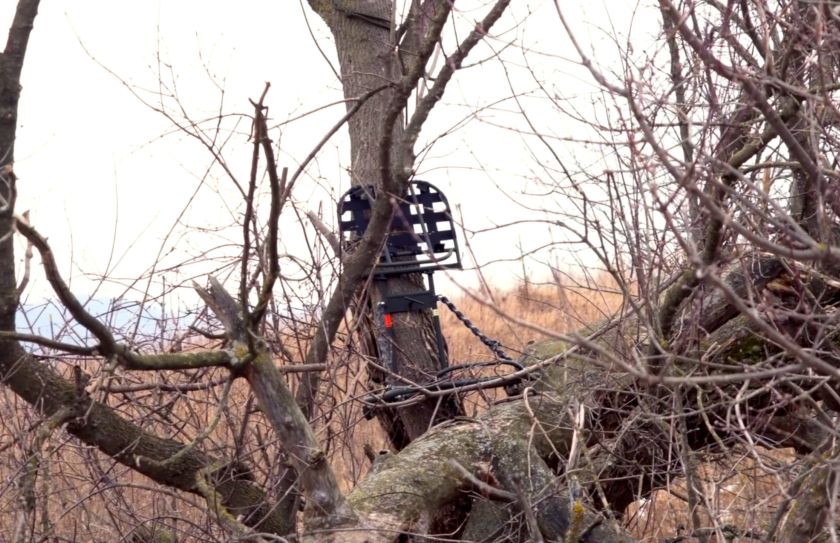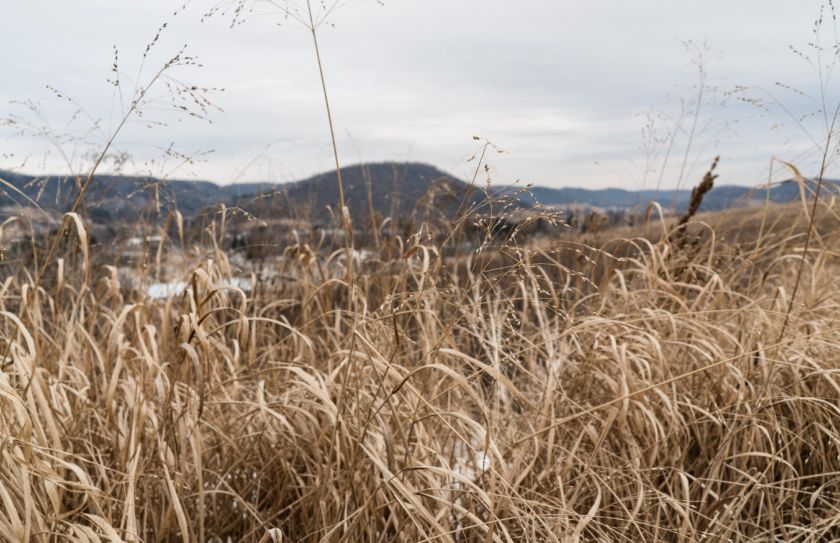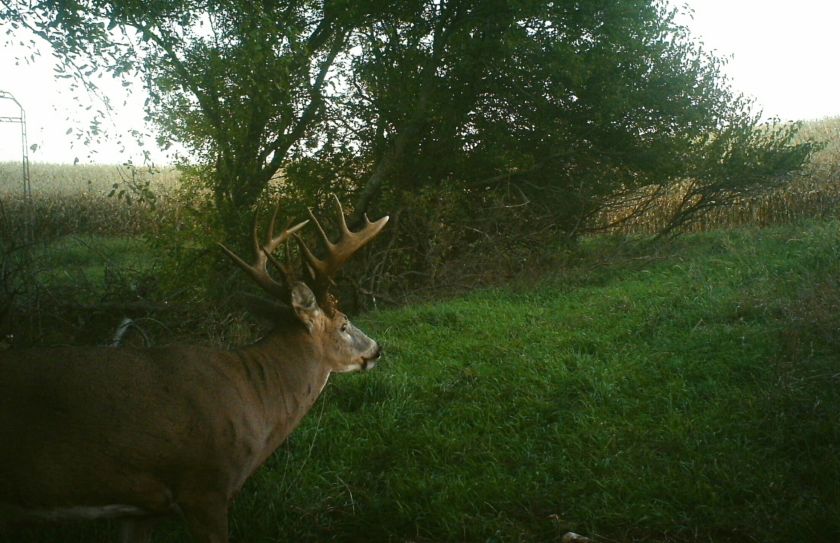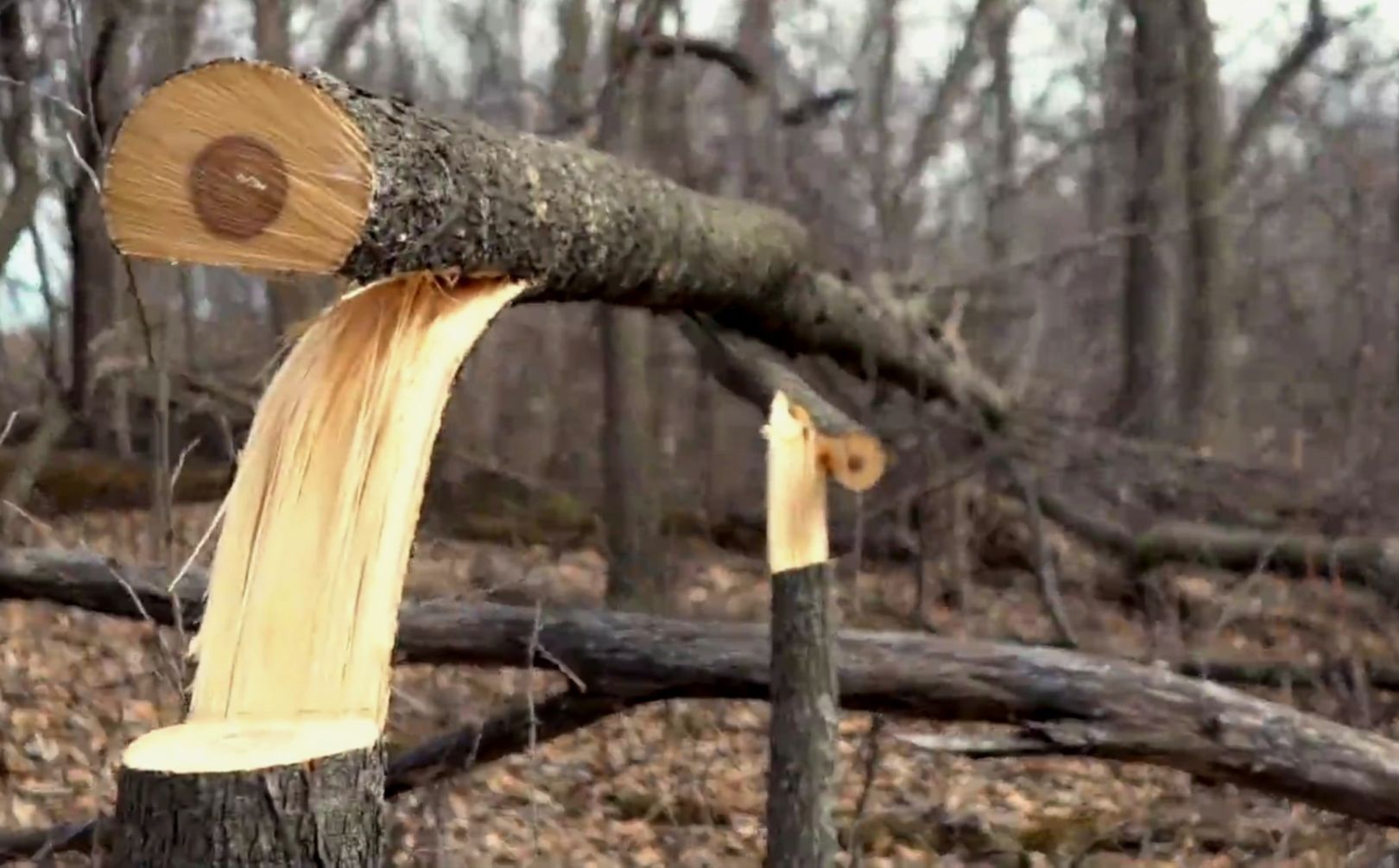
True, there are many ways to skin the proverbial cat and the number of strategies for screening deer habitat is no exception. Focusing on short, mid and long term screening solutions can not only help you access, hunt and build a great deer herd starting right now, but for decades to come. Whether you are using grass, conifers, pines, berms, hinge cuts or shrubs there is a deer screen that will match your screening needs, and you may be surprised to learn that 3 varieties of screening that can get the job done from right now and for decades to come, in nearly every set of circumstances.
Deer Screening For Access And Hunting
If deer eat it, it's not a deer screen. Although corn, Sunflowers and various types of forage sorghums can grow to impressive heights and screen your access extremely well, they can also invite deer to feed within the screen. If deer feed within your screen, you can actually roll out the welcome mat of attraction, for deer to watch you access your land from your screening. Here are several outstanding non-food screening options to make sure that you keep your activities on one side of your hunting access screen, and deer on the other:
1. Short Term Deer Screening Options
-Switchgrass, Berms, Hinge Cuts Egyptian Wheat, Sorghum
Do you need screening for this hunting season? Then try Planting Switchgrass at a rate of 8-10 pounds per acre, building an earthen berm, creating some hinge cuts or plant one of the fast growing annual grasses of Egyptian Wheat or Sorghum. Switchgrass can grow as tall as 5' in the first year and some of the annual grasses can grow as high as 12-13'.
2. Mid Term Deer Screening Options
-Switchgrass, Berms, Hinge Cuts, Red Pine, Austrian Pine
Because switchgrass can grow as high as 6 to 7' by the end of the 2nd year, it makes a great perennial option to rely on for not only the first year of your screening efforts, but for the mid range years of 4-10 years. Also, berms are still a great option too, and various fast growing pines such as Red or Austrian are great choices for a decade or more, before they begin to lose the cover of their lower branches. However, don't forget about hinge cuts! If screening a food plot I like to leave several openings to make sure that the deer don't feel trapped, but Hinge Cuts can be created for both screening and bedding for not only the first year of cutting, but for decades to come!
3. Long Term Deer Screening Options
-Switchgrass, Berms, Hinge Cuts, Spruce, Cedar
While the list of long term solutions includes various Spruce and Cedar options planted at 5-6' spacing in 3-4 staggered rows, switchgrass can be maintained for decades and a berm can last indefinitely. Also, with a little extra work, high quality hinge cuts can be created and maintained for decades of life, by hinging back or tying new growth.
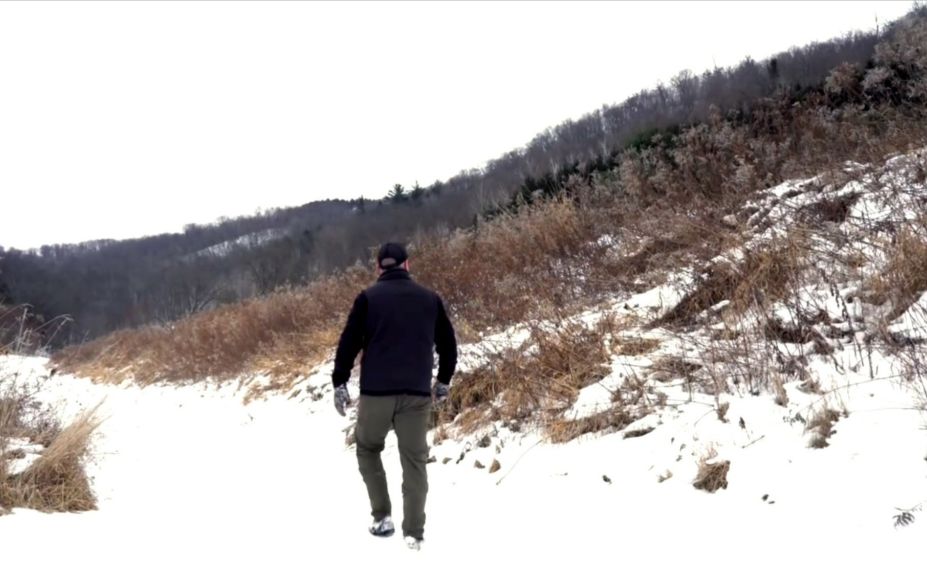
*Berms are a great option for right now and then for decades to come. However, if a single, annual planting is called for, Egyptian Wheat is hard to beat!
Conclusion
The great thing about screening your access for hunting, is that the same screening creations also work to lower the overall stress level on your land by keeping deer away from other deer, as well as from you. Not only is your hunting access important to screen, but so are your food plots to create the opportunity for Buck Bedding, as well as all of your deer bedding areas. What should you screen? Just about every deer improvement on your land and if you do so, you will find it much easier to experience the potential of your land's herd and hunting potential. And best of all? Various grasses or earthen berms or hinge cuts (or all 3!) can be counted on to supply your deer screening needs, for this coming season.
